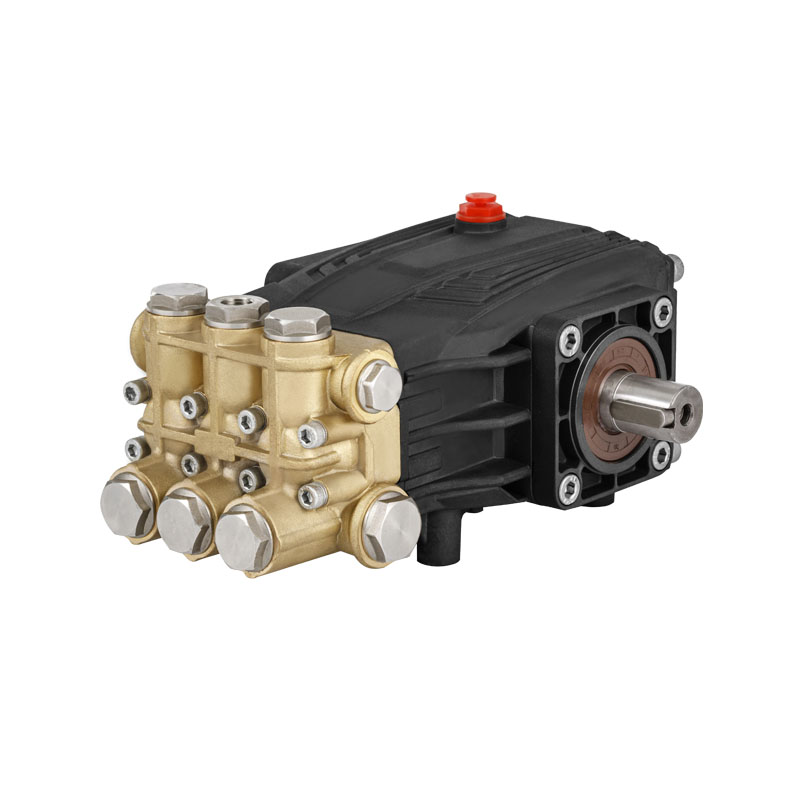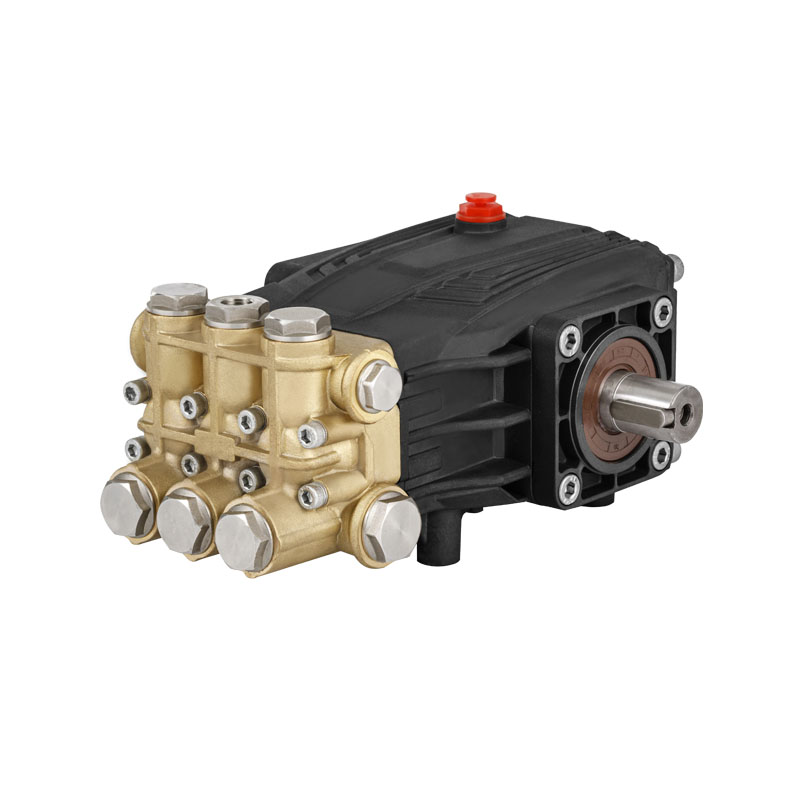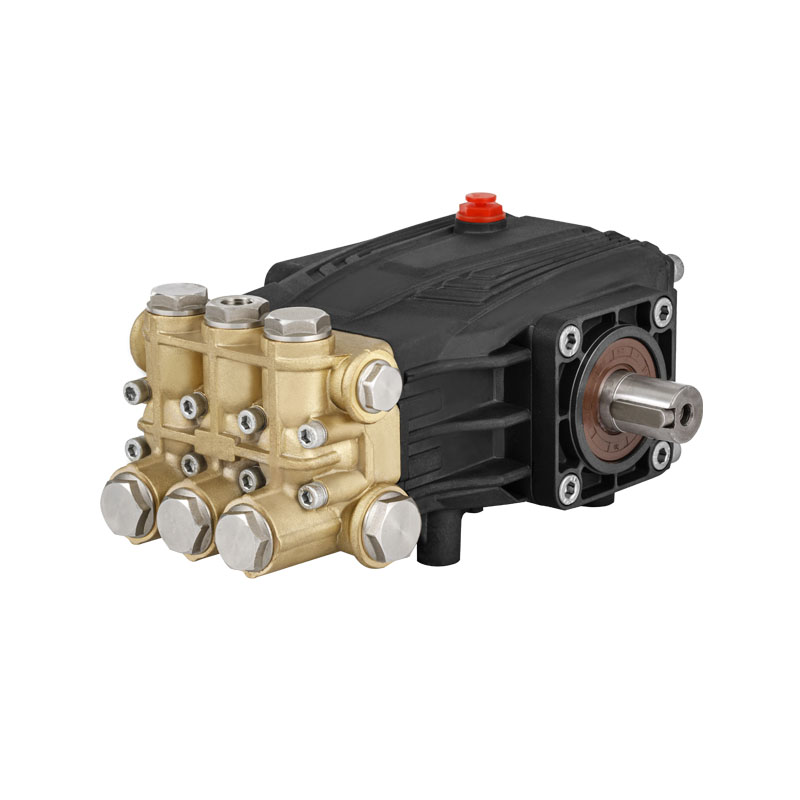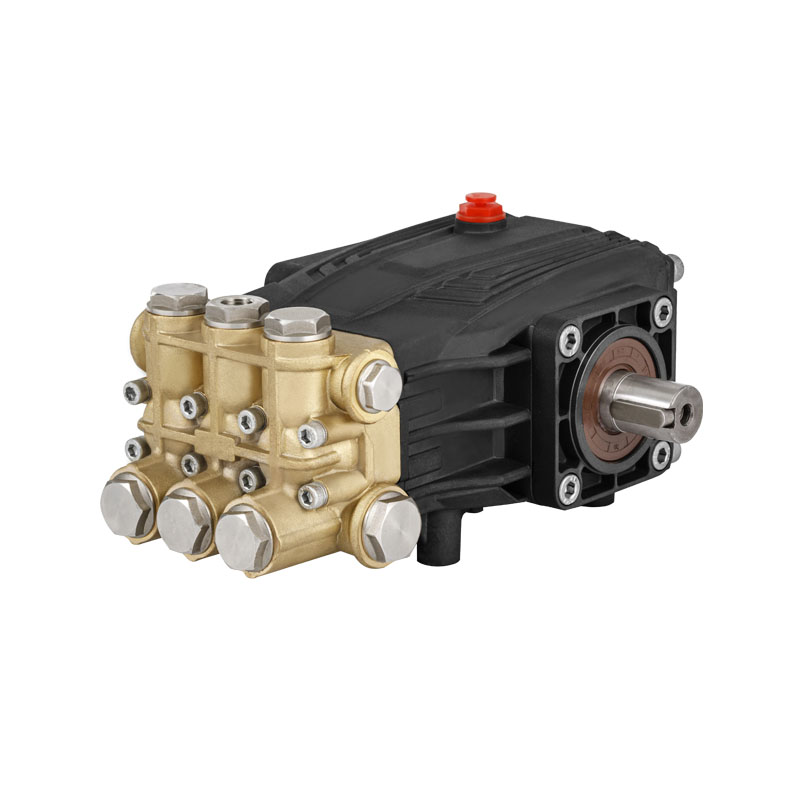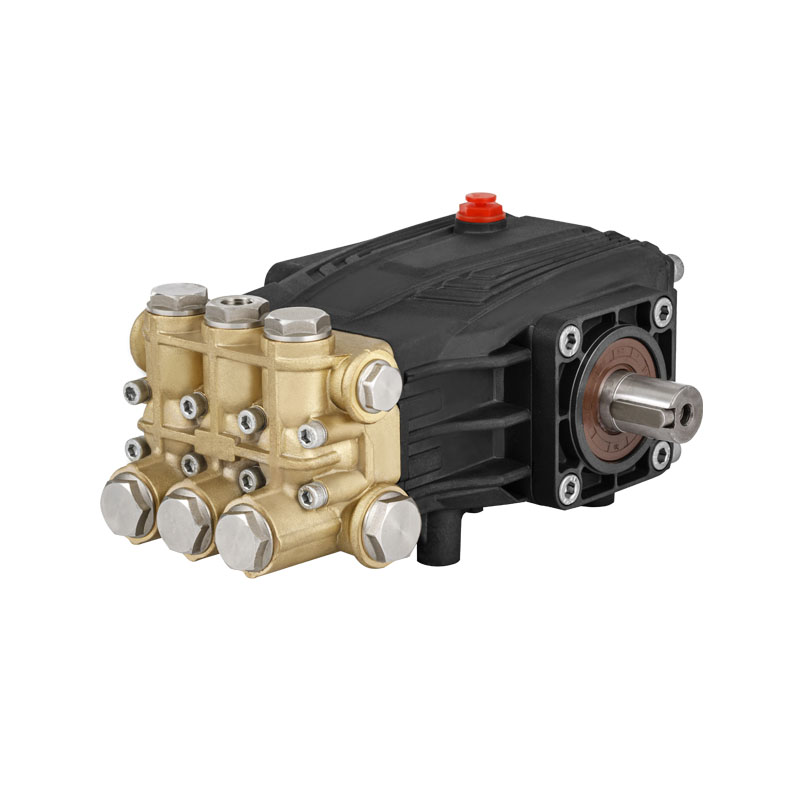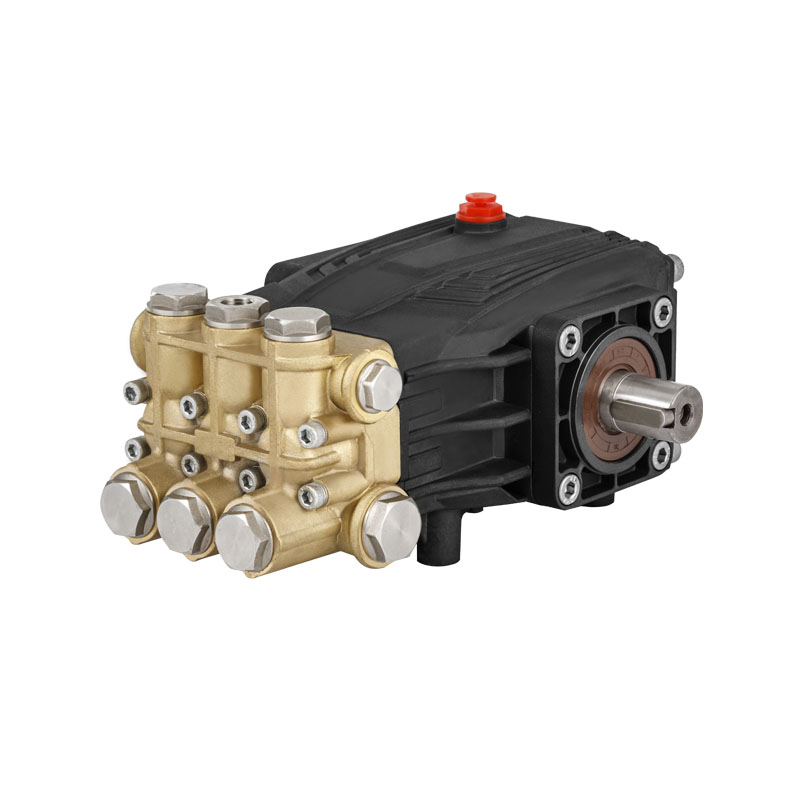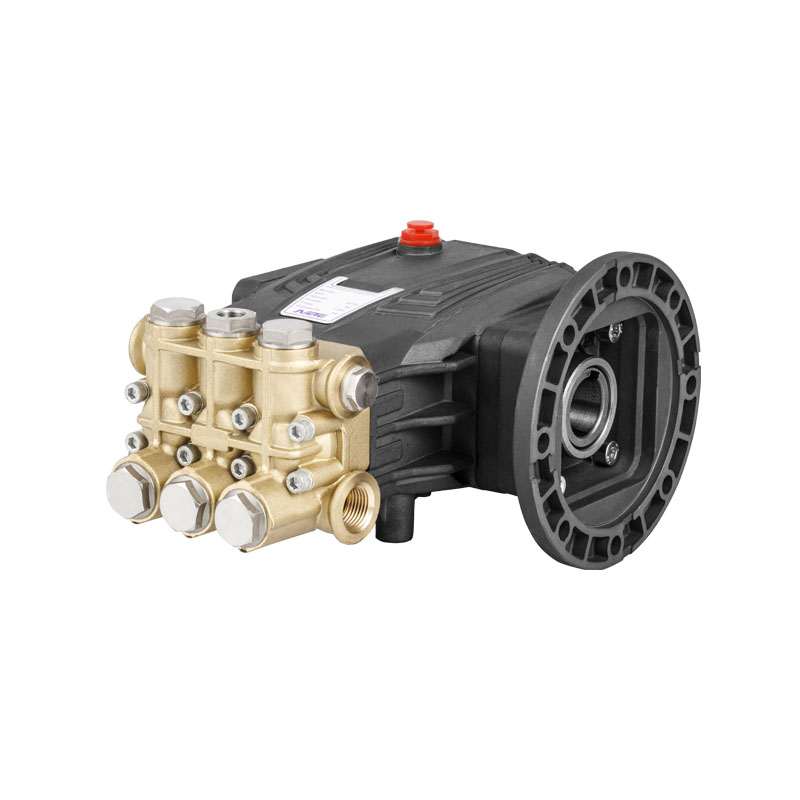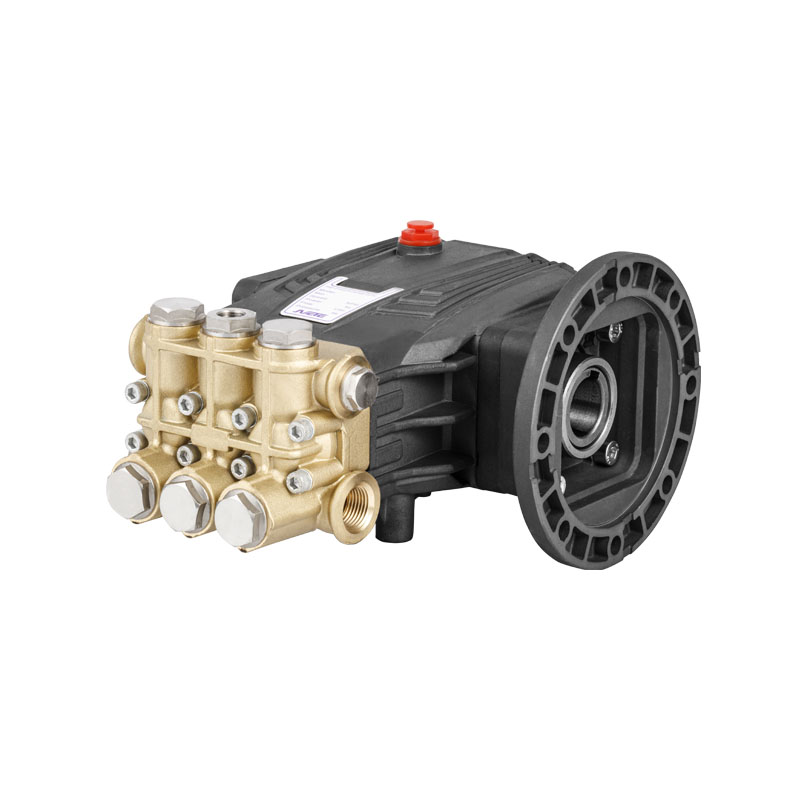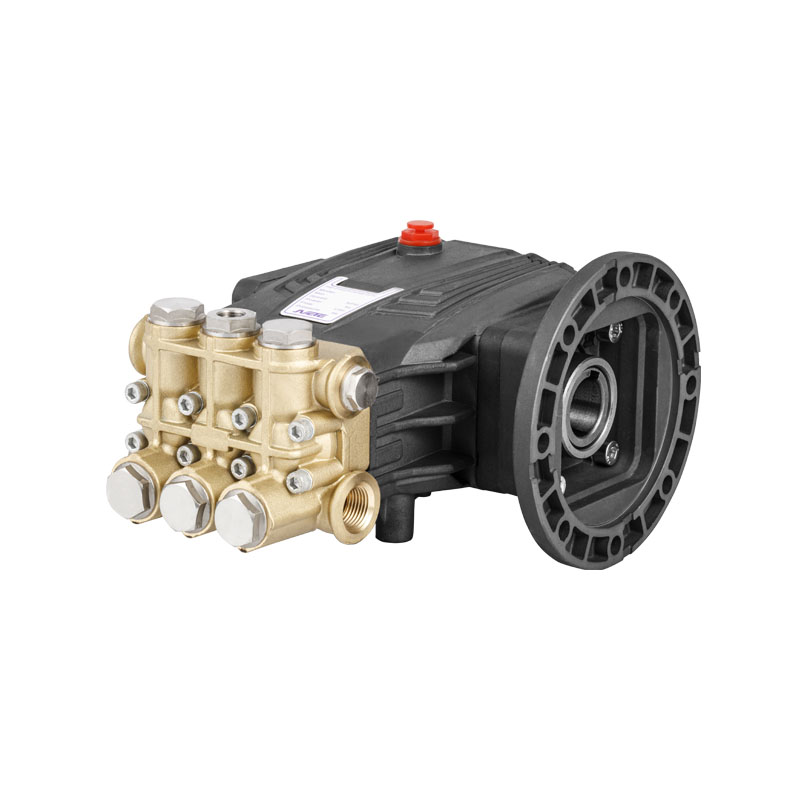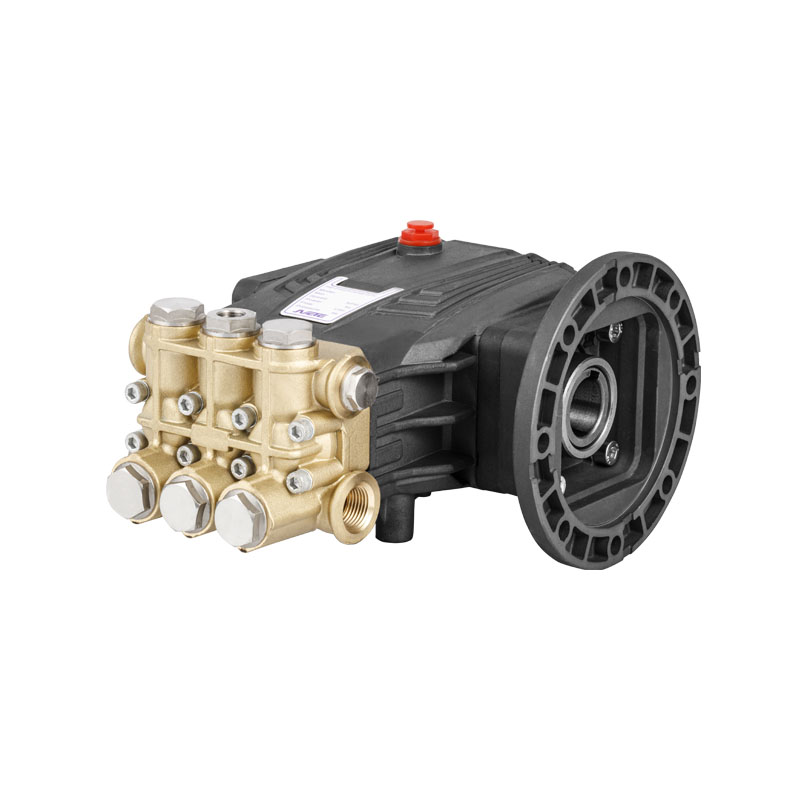The global market for the Industrial High Pressure Plunger Water Pump Set is experiencing a significant surge, driven by increasing industrialization, infrastructure development, and growing demand for efficient cleaning and fluid transfer solutions. This robust growth trajectory is further supported by technological advancements, sustainability initiatives, and a renewed focus on operational efficiency across sectors such as manufacturing, oil & gas, mining, and municipal services.
An Industrial High Pressure Plunger Water Pump Set is engineered to deliver high-pressure water flow for a wide array of applications, including descaling, hydro blasting, pipeline cleaning, and reverse osmosis systems. These pump sets are known for their durability, precision, and ability to handle highly viscous and corrosive fluids with little maintenance requirements.
Market Dynamics and Growth Drivers
According to a recent report from GlobalTech Research, the Industrial High Pressure Plunger Water Pump Set market is expected to grow at a compound annual growth rate (CAGR) of 6.8% from 2024 to 2030. This expansion is primarily fueled by increased demand in sectors requiring high-capacity and high-efficiency water pumping systems.
"Emerging economies are investing heavily in infrastructure and water management systems," said Rahul Mehta, Senior Analyst at GlobalTech. "This is creating strong demand for Industrial High Pressure Plunger Water Pump Sets, especially in regions like Asia-Pacific, Latin America, and the Middle East."
Another key driver is the shift toward sustainable and energy-efficient industrial operations. Modern Industrial High Pressure Plunger Water Pump Sets are now being designed with energy-saving features and smart control systems that allow real-time monitoring and predictive maintenance, reducing operational costs and downtime.
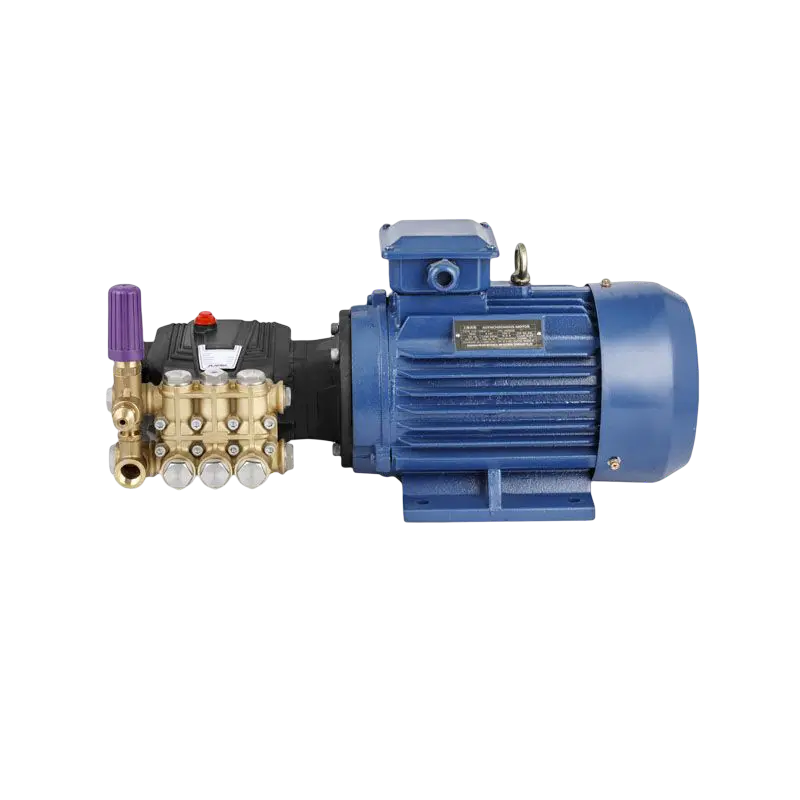
Technological Innovations and Product Development
manufacturers are focusing on innovation to differentiate themselves in a competitive marketplace. Recent developments include the integration of IoT-enabled sensors, improved plunger designs for higher pressure tolerance, and corrosion-resistant materials for use in harsh environments.
Companies like Grundfos, KAMAT, WOMA, and Cat Pumps are actively investing in R&D to develop advanced Industrial High Pressure Plunger Water Pump Sets that can meet the evolving needs of various industries. In April 2025, KAMAT introduced its new “EcoForce” series that claims to reduce energy consumption by up to 15% compared to conventional models.
Moreover, modular designs are gaining popularity, allowing users to customize the Industrial High Pressure Plunger Water Pump Set according to their specific application needs, thereby enhancing flexibility and cost-effectiveness.
Regional Trends and Key Applications
In North America and Europe, stringent regulations on industrial cleaning and environmental compliance have pushed companies to adopt high-efficiency Industrial High Pressure Plunger Water Pump Sets for wastewater treatment, chemical processing, and food and beverage operations.
Meanwhile, in Asia-Pacific, the mining and construction boom has led to an increase in the use of these pump sets for dust suppression, slurry transfer, and equipment cleaning. China and India remain the largest consumers in the region, with government initiatives promoting modernization of water infrastructure.
"The versatility of the Industrial High Pressure Plunger Water Pump Set makes it indispensable in industrial cleaning and fluid transfer applications," noted Lisa Trent, Operations Director at Aquaforce Systems. "From shipyards to power plants, their usage is only expected to rise."
Challenges and Future Outlook
Despite strong market growth, the Industrial High Pressure Plunger Water Pump Set industry faces challenges such as high initial investment costs and the need for skilled operators. Additionally, supply chain disruptions and raw material price volatility have affected production timelines for some manufacturers.
Nevertheless, the outlook remains optimistic. Experts predict that by 2030, the industry will not only expand in volume but also evolve in terms of technology and sustainability.





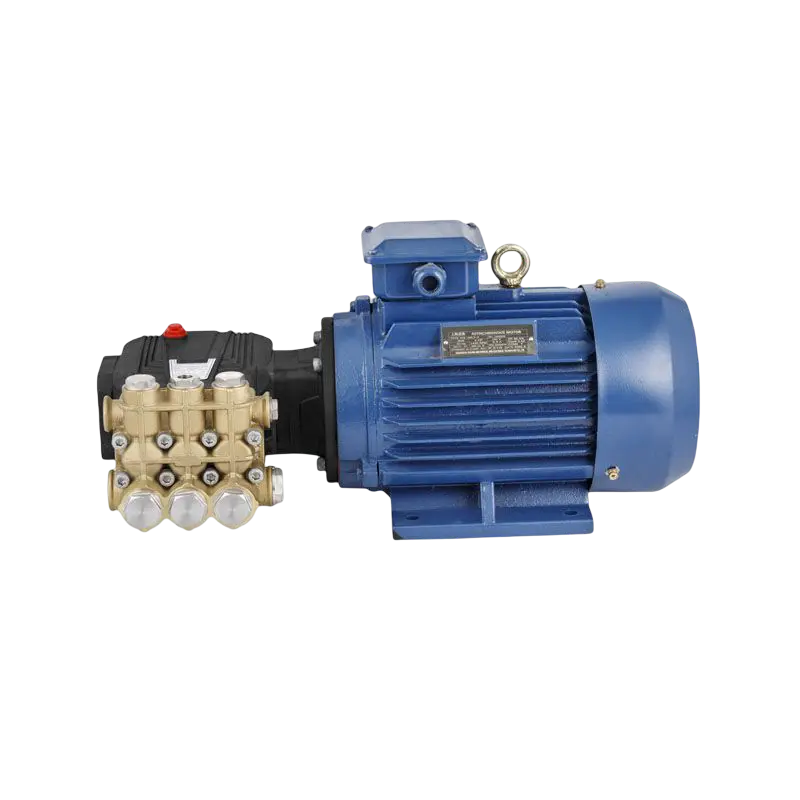
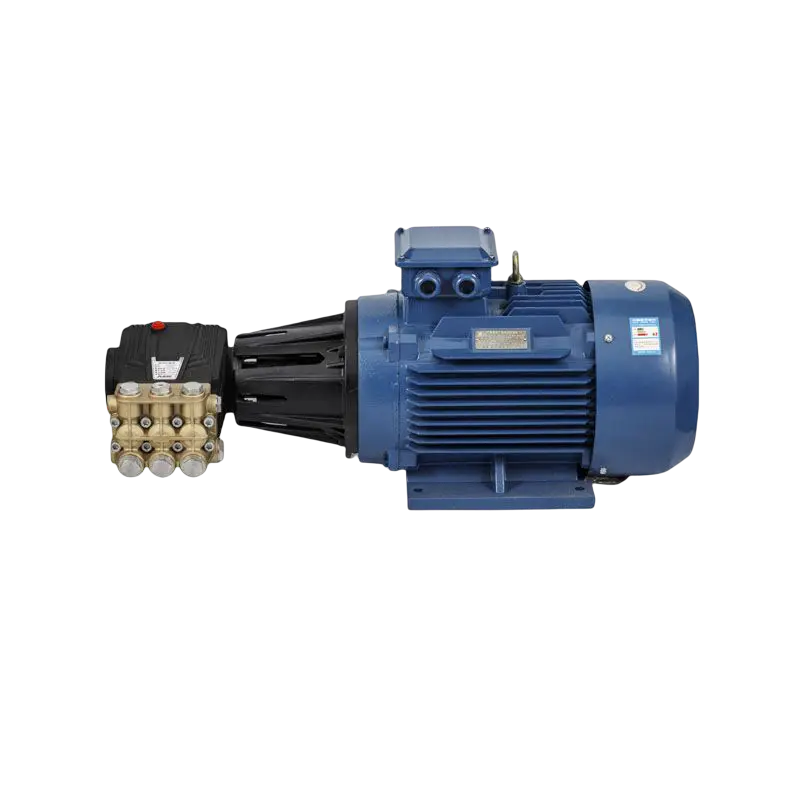
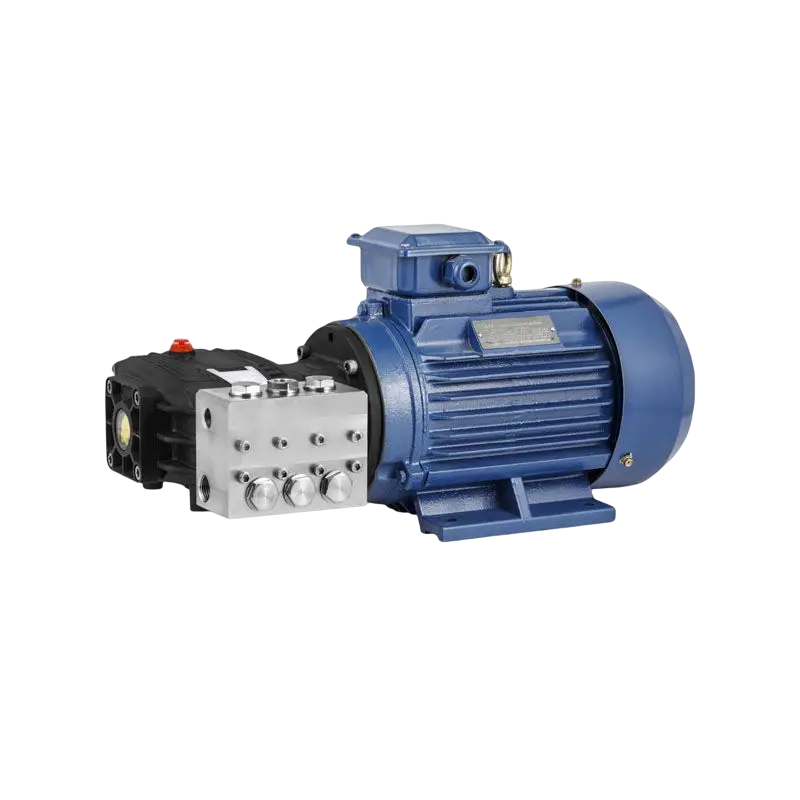
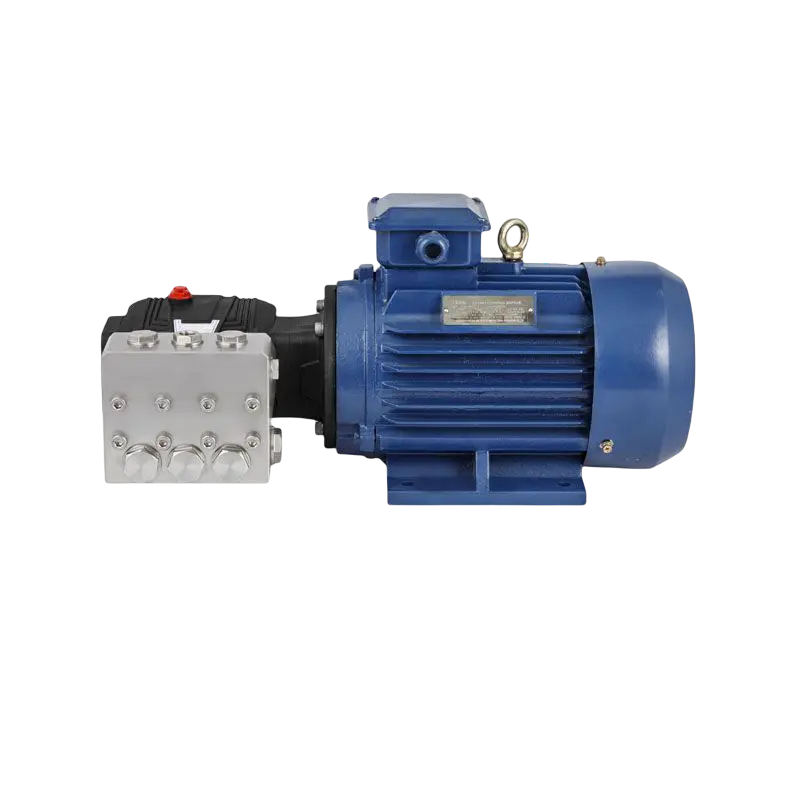
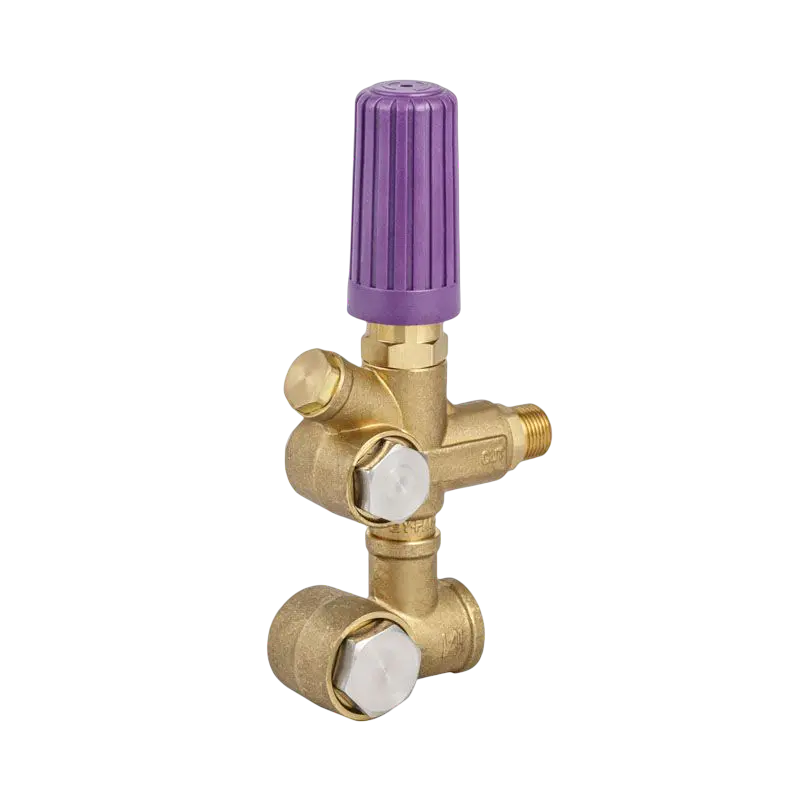
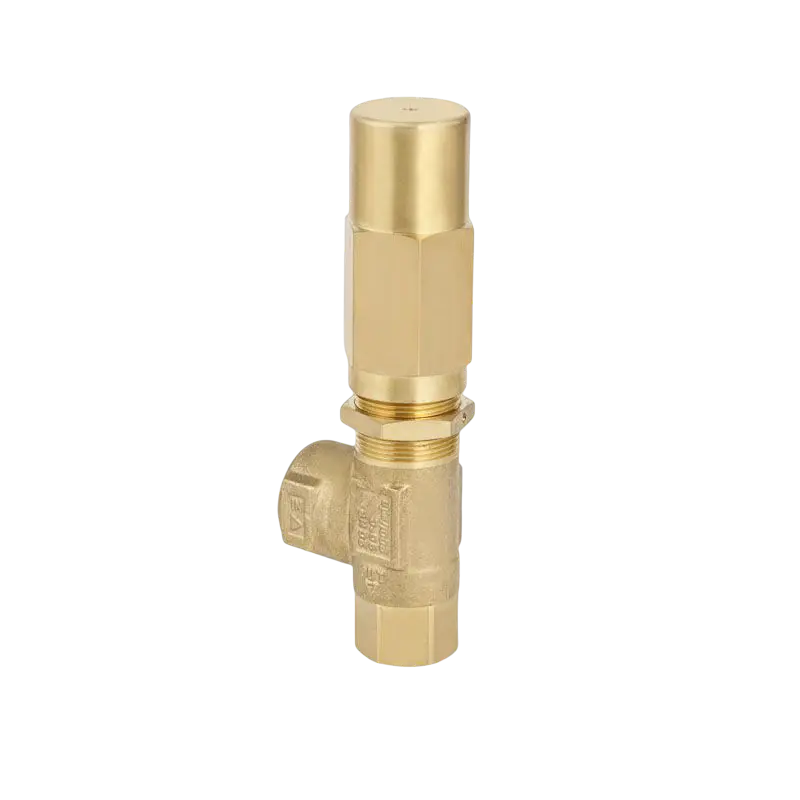
-2(1).png)



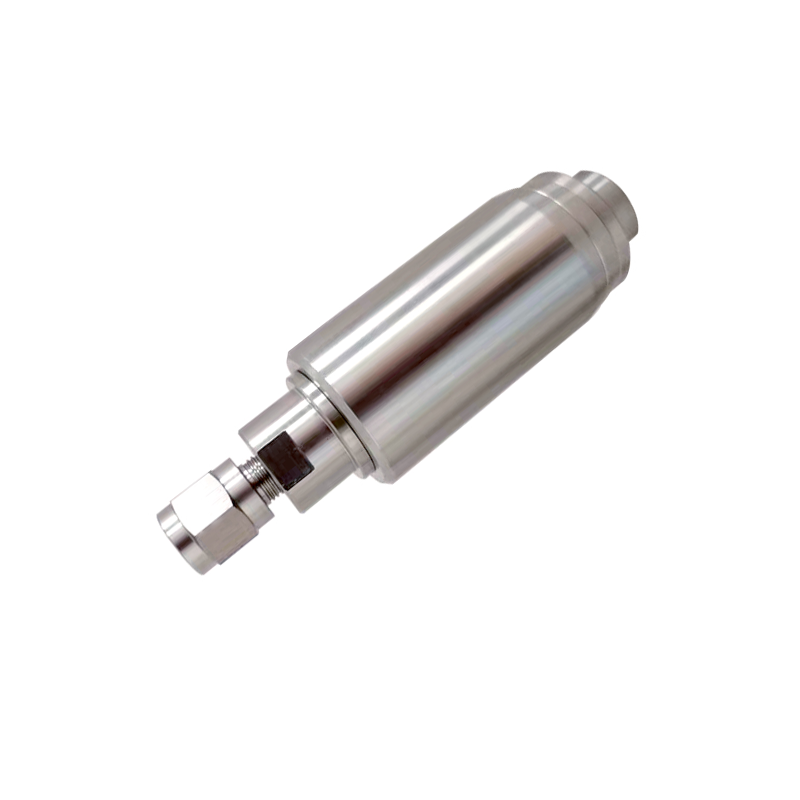
 English
English Español
Español
